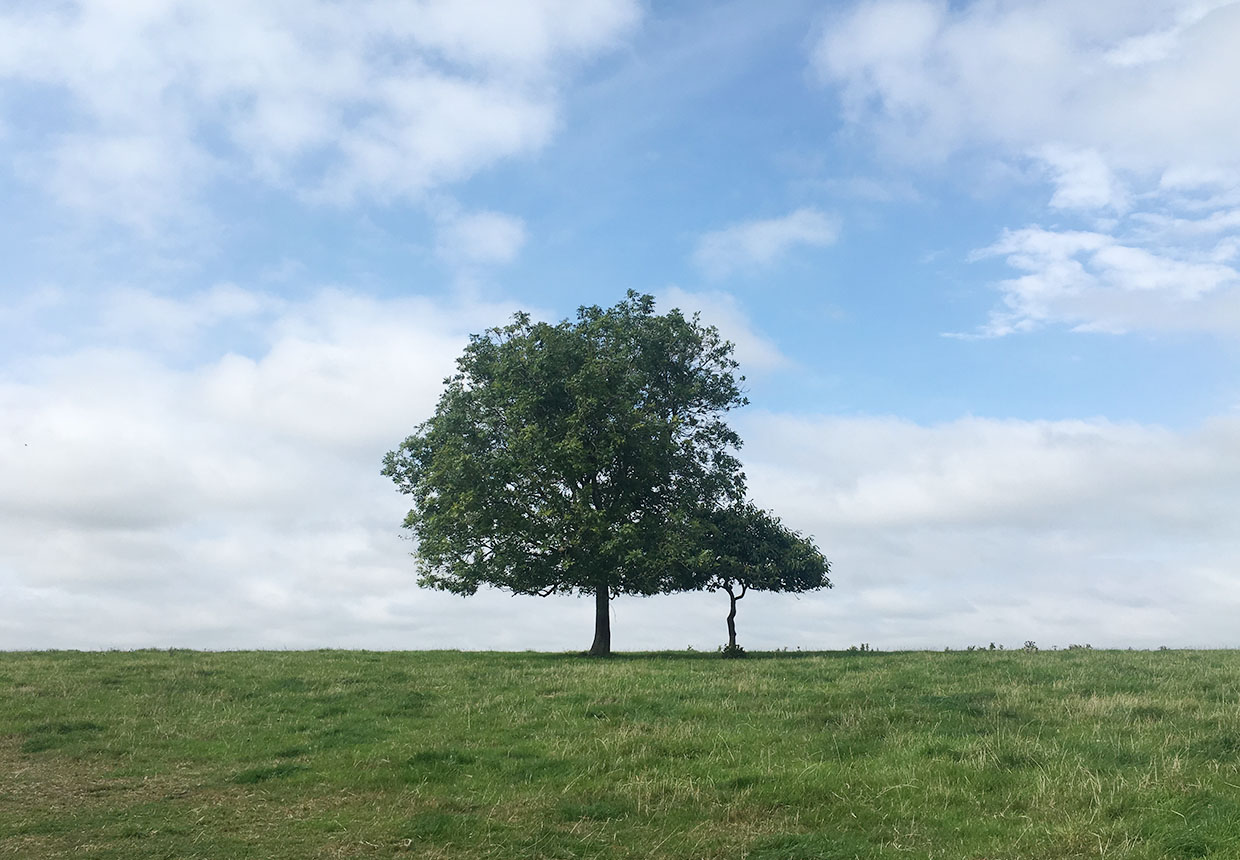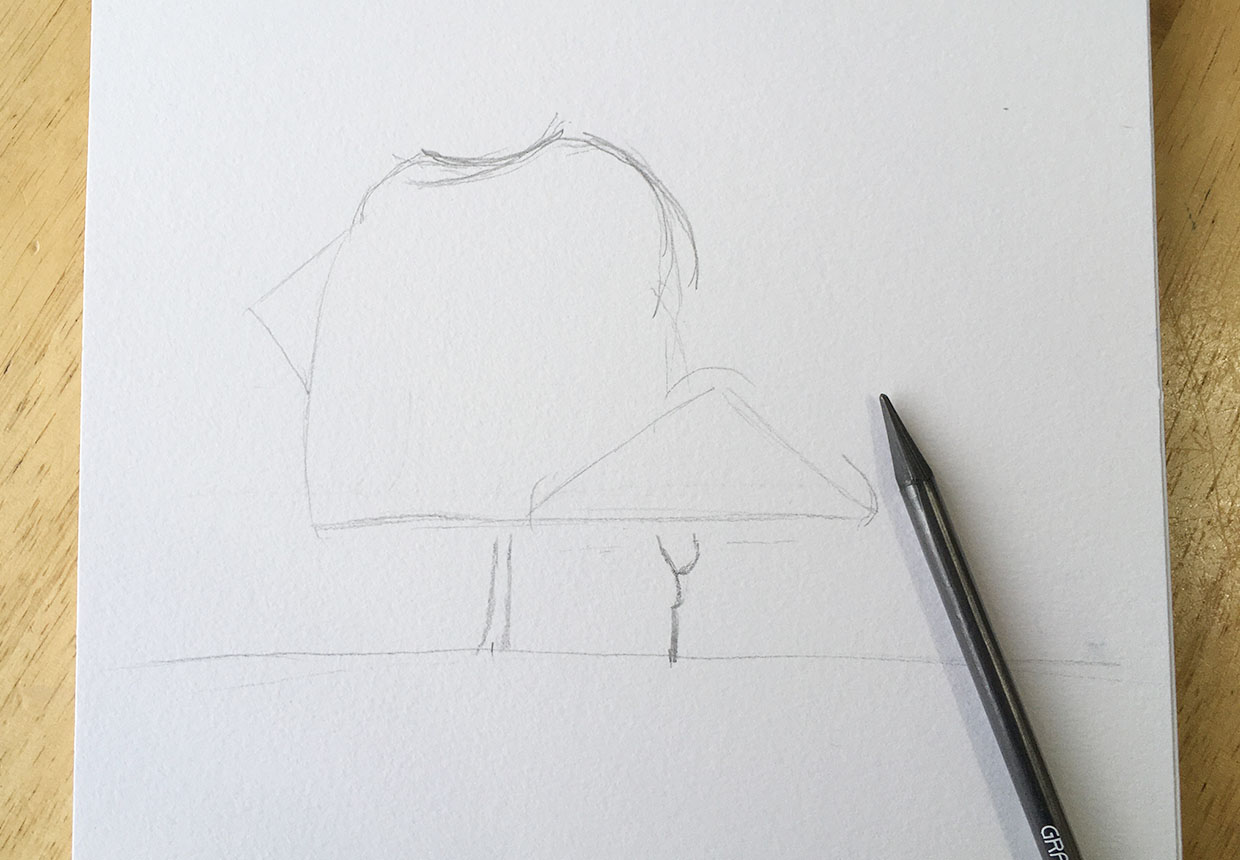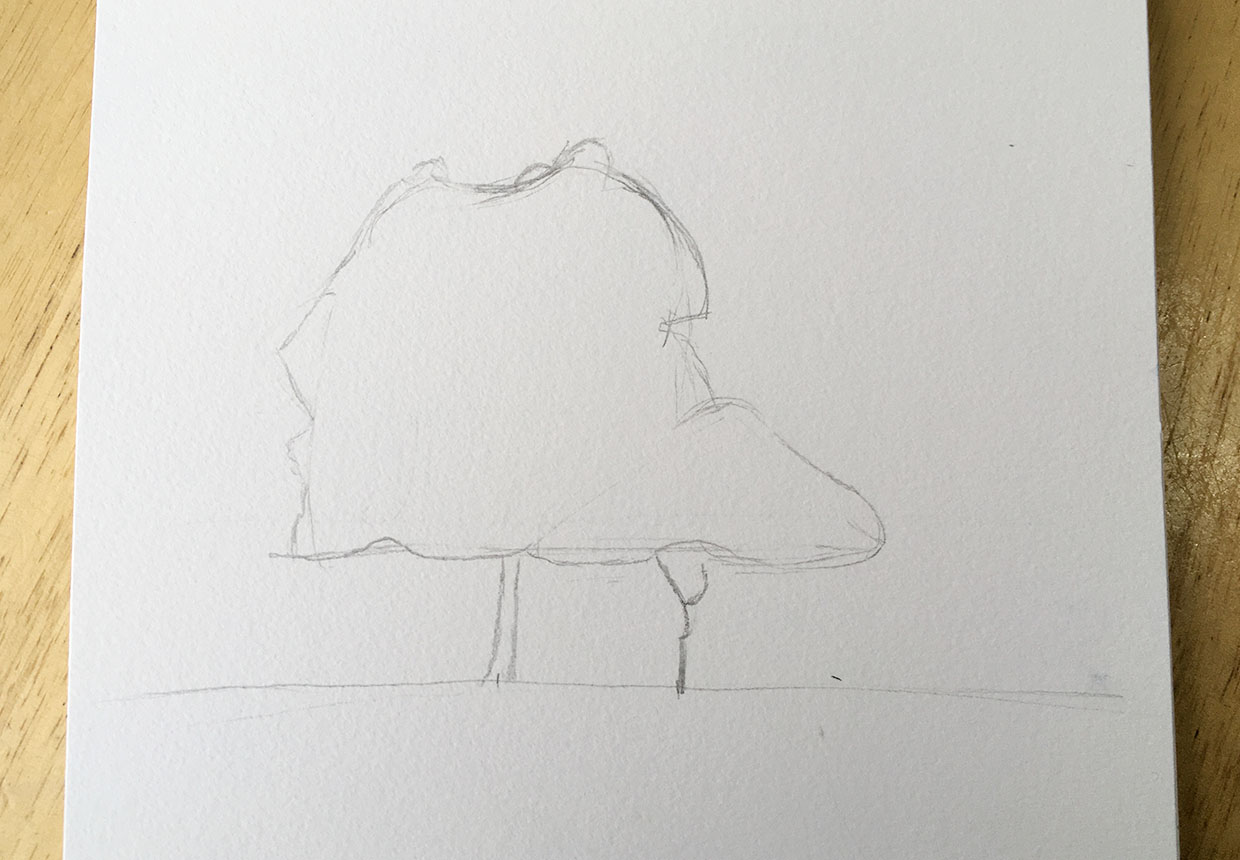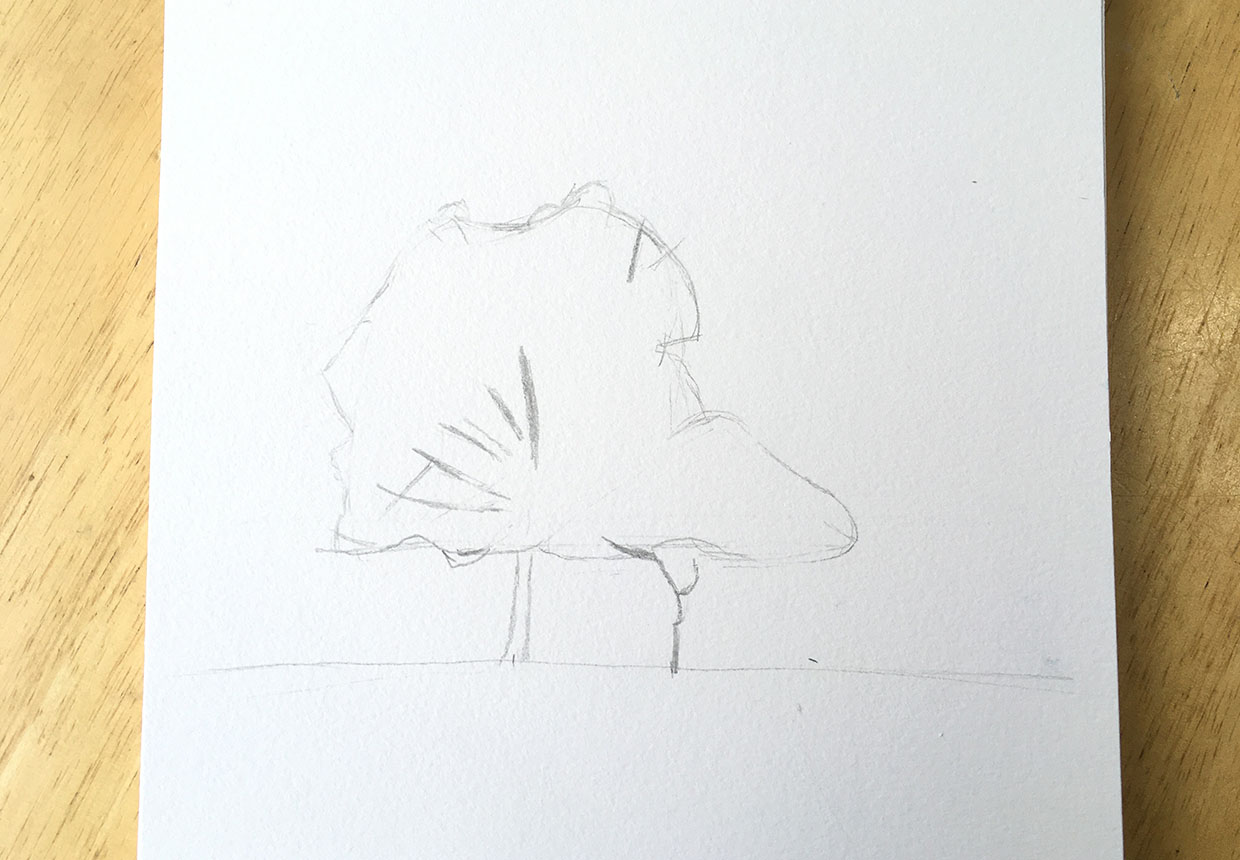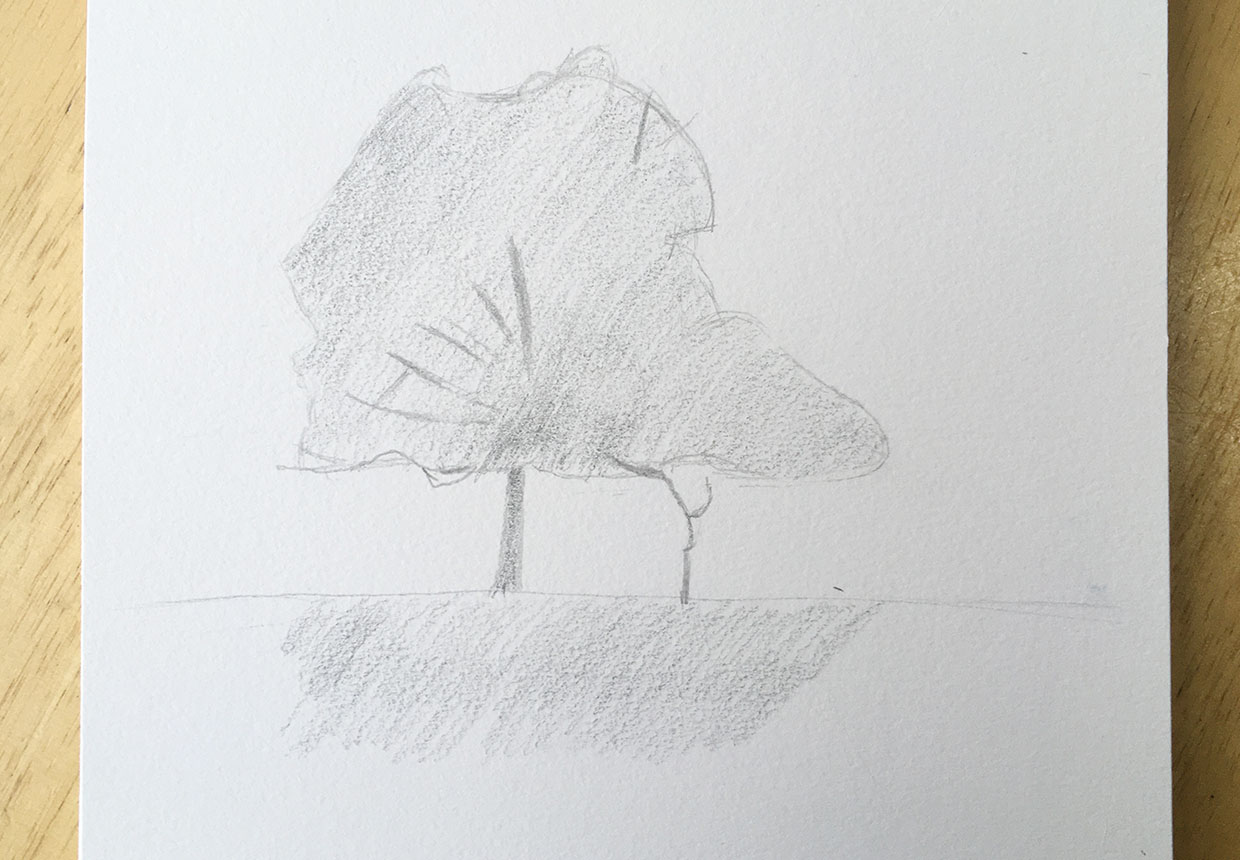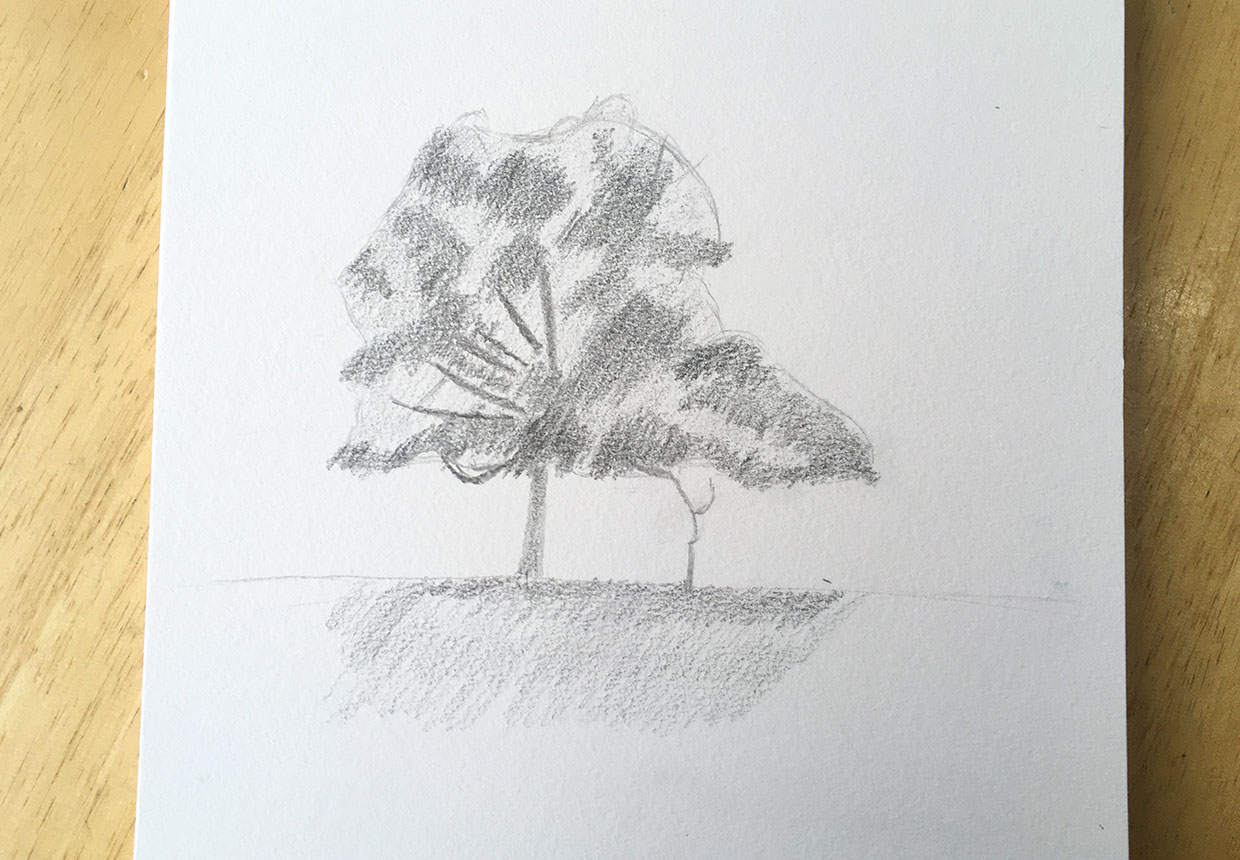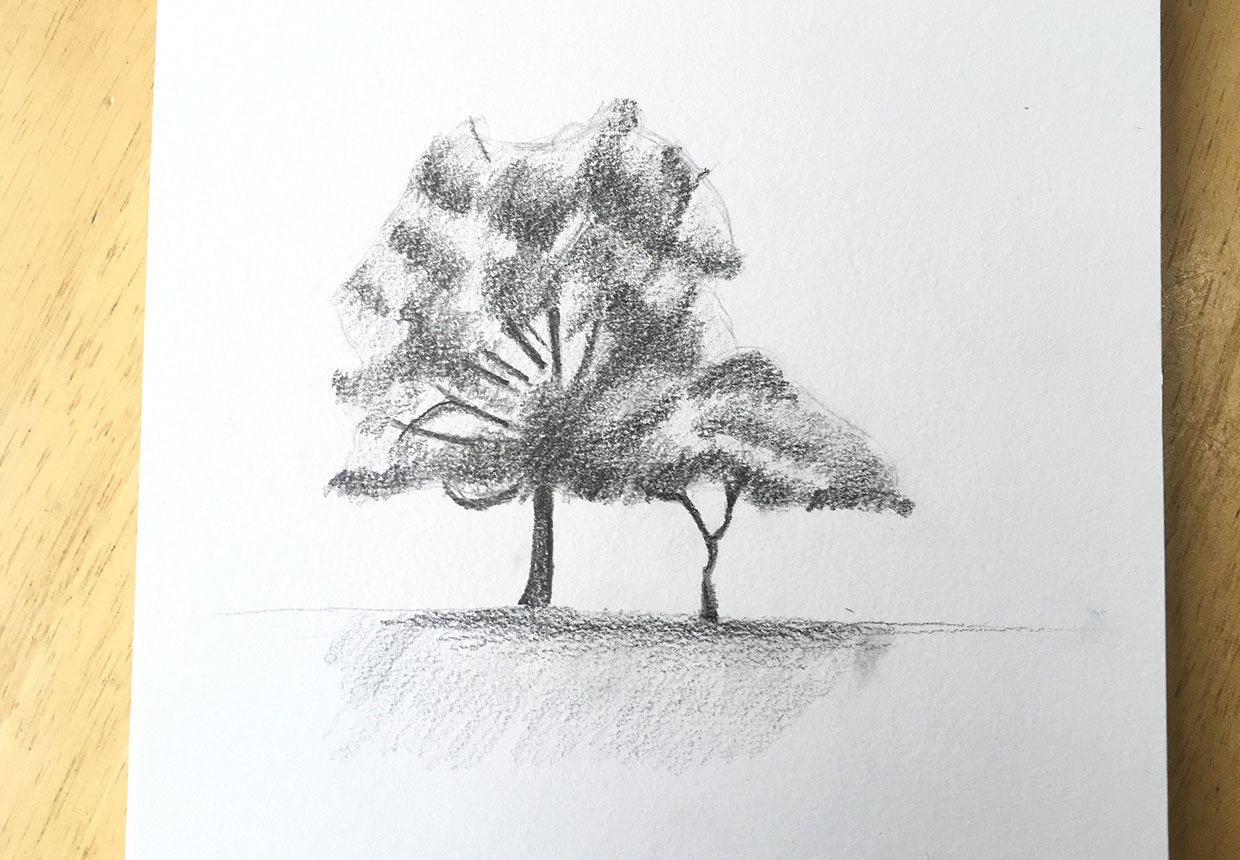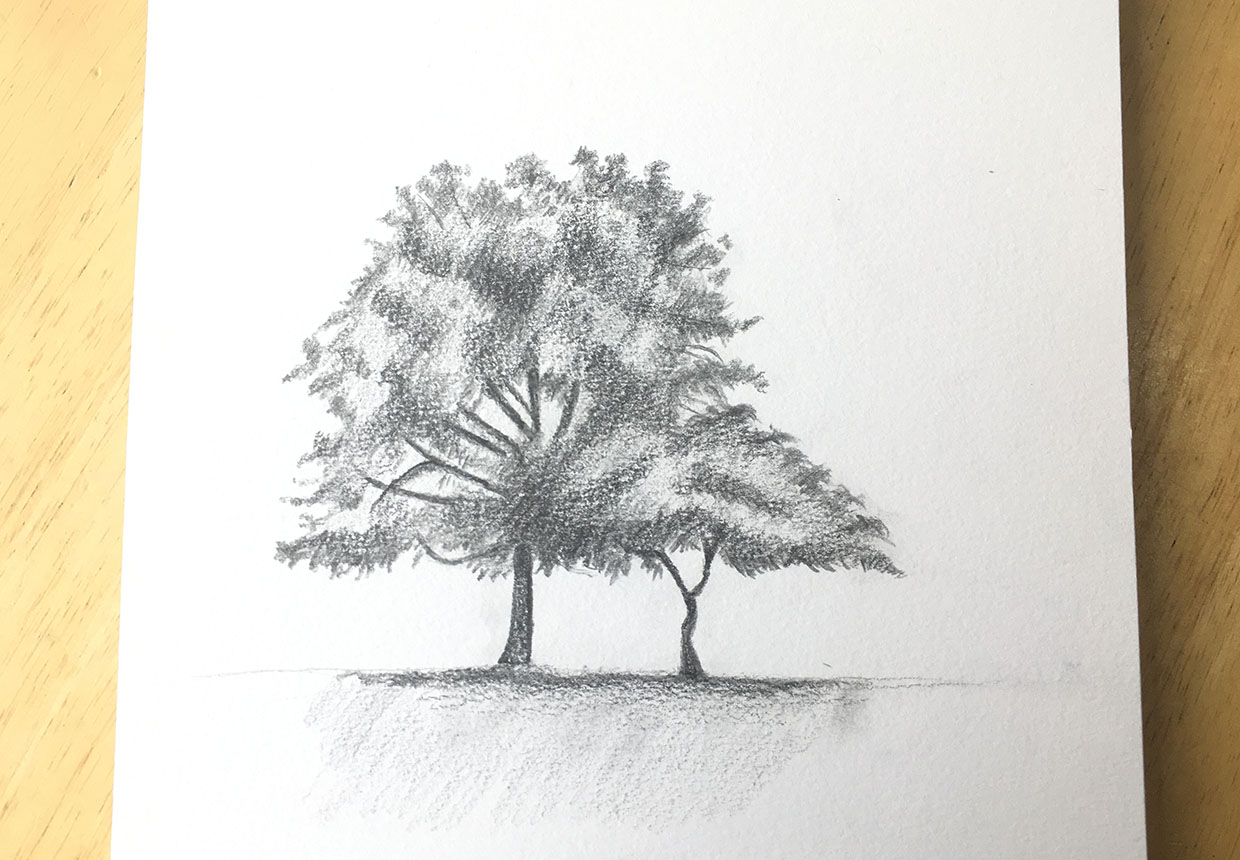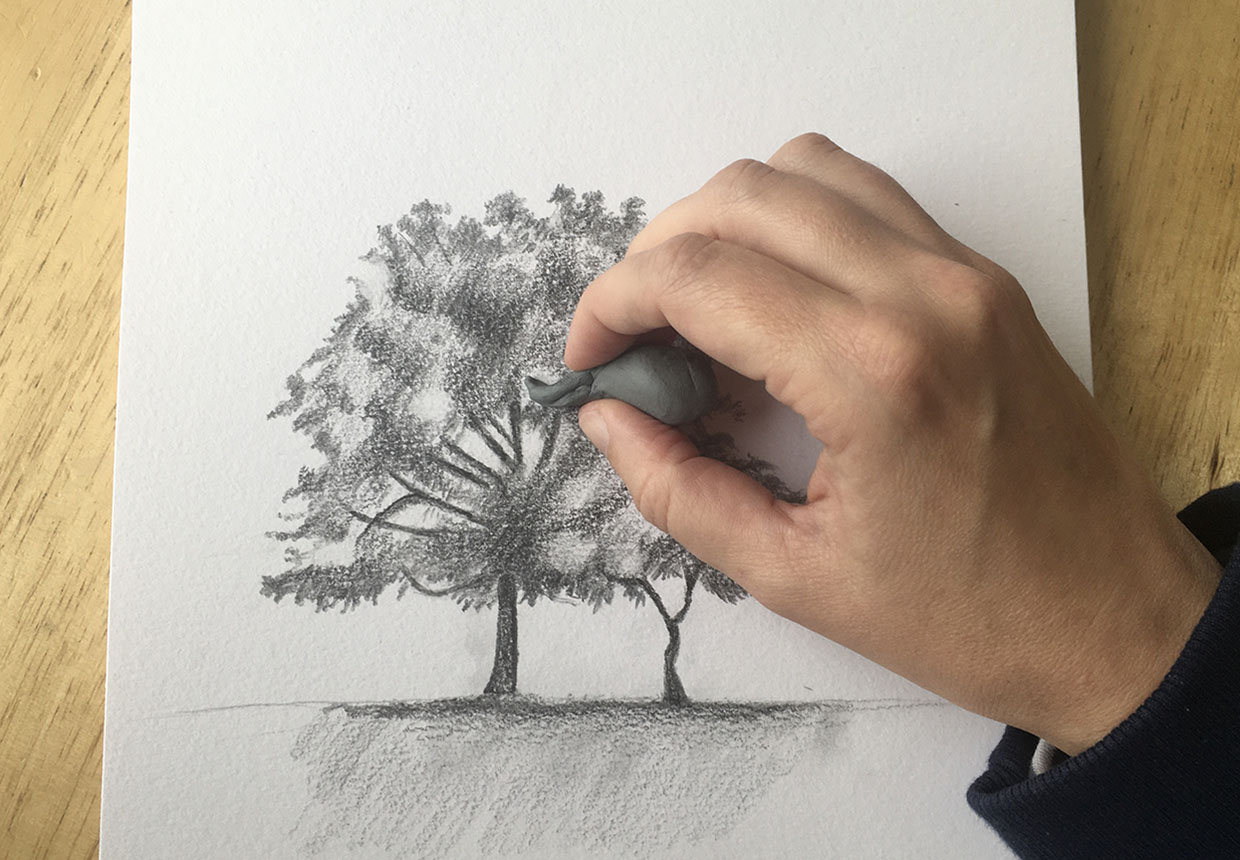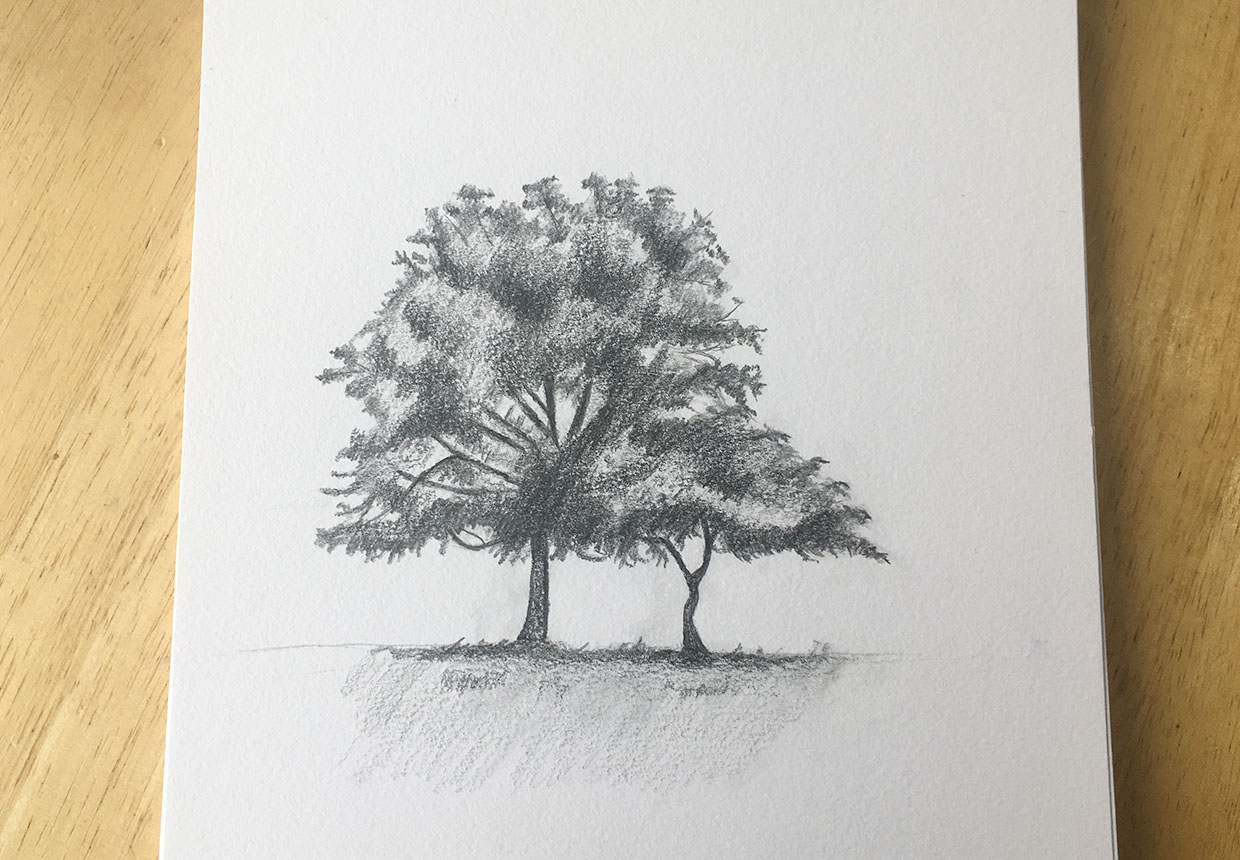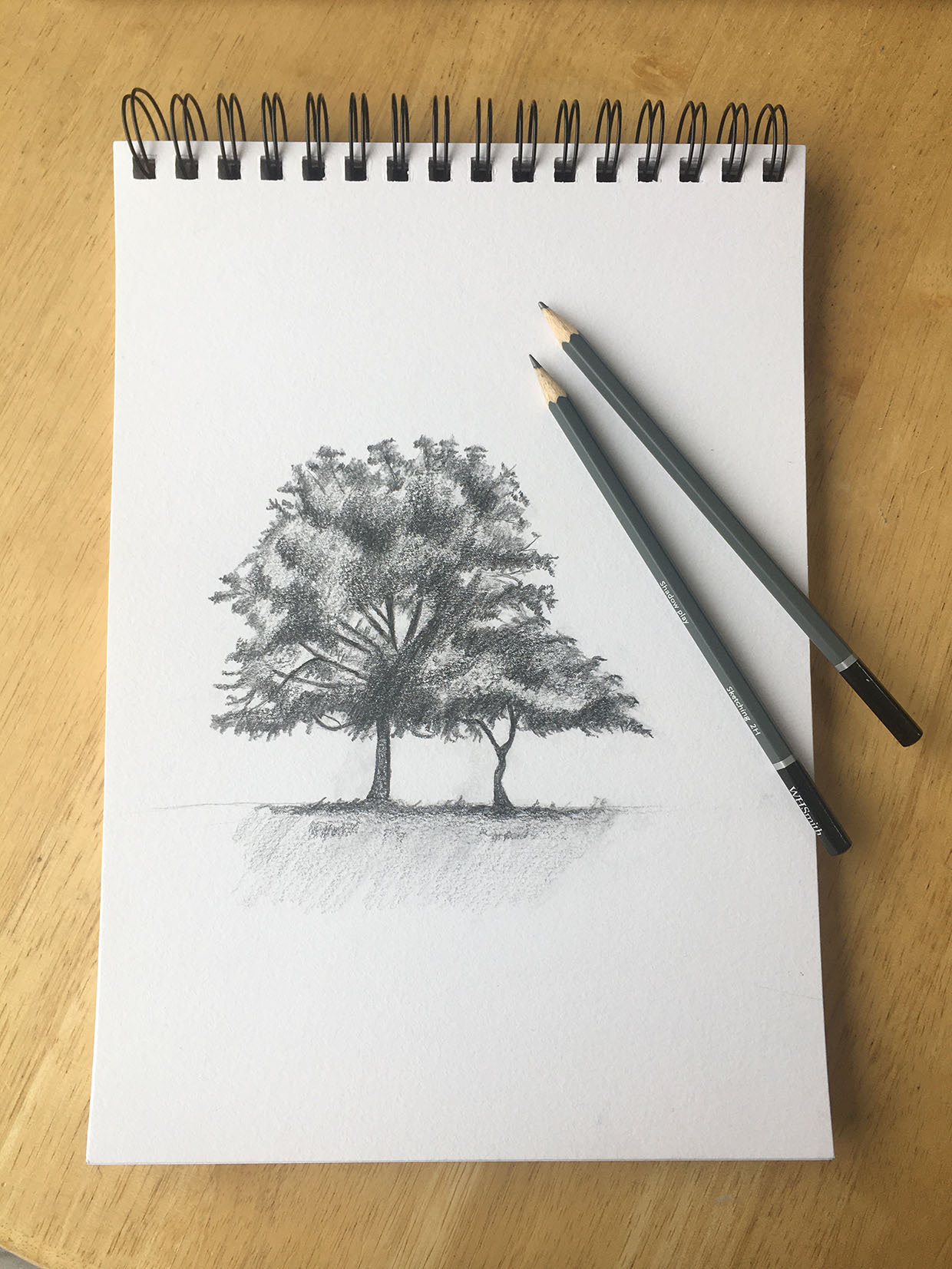Drawing the natural world can be deeply satisfying – and knowing how to draw a tree is very useful if you want to capture a rural landscape. In this guide, we'll explain how to draw a tree step by step, so you'll be able to sketch your own with confidence.
We'll look at how to draw a tree with lots of tips and advice to guide you through the process, including how how to draw a realistic tree. If you're looking for a how to draw a tree easy tutorial – we've got you covered too! While these tips are mostly aimed at adult learners, there's no reason why younger artists shouldn't give them a try too.
There are a few tricks that will help you to make your drawings accurate and in proportion, which is something that a lot of new artists struggle with. Some people say that these techniques are cheating (and they are a bit!), but it's a great way to learn pencil drawing techniques and will give you the confidence to develop your artistic skills. We'll look at how to draw from a photograph and how to make sure your drawing is accurate. You'll know how to draw a tree in no time!
If you're new to drawing, we'd recommend taking a look at our pencil drawing for beginners and best drawing pencils guides before you get started. Looking for more drawing projects? Learn how to draw a cat and how to draw a dog with Matt Breen's step-by-step guides.
Read on to learn how to draw a tree step by step, including the materials you'll need to get started…
How to draw a tree – easy tips and techniques
Drawing materials
Before you begin, it's a good idea to make sure you have all of the materials you need to hand. A pencil, paper and an eraser are the most basic tools you need to get started. However, you'll see better results if you have good quality drawing supplies to hand.
I would recommend buying a good set of drawing pencils, a putty rubber (a soft, mouldable eraser) and a sketchpad before you begin. You might also find it useful to buy some paper stumps (used for blending pencil shading for a smooth gradient) or some low tack masking tape (used to add clean borders to your drawing).
Look for a high quality set of drawing pencils so that you can pick the best pencil for each part of your tree drawing. The set should include mixture of H pencils (with a hard lead) and B pencils (with a soft lead). H pencils are great for drawing light outlines and fine details, while B-grade pencils are better for shading and blending.
A putty rubber is always useful to have – it's a kind of soft eraser that you can shape into a point. You can use a putty rubber to clean up any smudges on your drawing or to lighten an area of pencil shading. They are extremely versatile, so have a play and see what effects you can create!
Finally, I'd recommend using a sketchpad with good quality paper. Ideally you should use paper that is thick and slightly textured – if the paper is cheap and smooth then your drawing will smudge easily and it'll look terrible. Luckily, there are lots of sketchpads for beginners that won't break the bank – just check the paper thickness before you buy it. Look for a sketchpad with paper that's at least 150 gsm (this information will be somewhere on the cover).
Here are some stockists with essential drawing supplies to help you buy what you need…
- Buy the Faber Castell set of 12 drawing pencils from Cass Art for £9.50
- Buy a Winsor & Newton kneaded putty rubber from Cass Art from £1.95
- Buy a Daler Rowney A4 sketch pad from Amazon for £5.78
- Buy a Conté à Paris paper blending stumps set from Cass Art for £5.75 (optional)
- Buy a set of 2 Staedtler pencil sharpeners from Amazon for £3.18 (optional)
- Buy low tack masking tape from Cass Art for £2.95 (optional)
